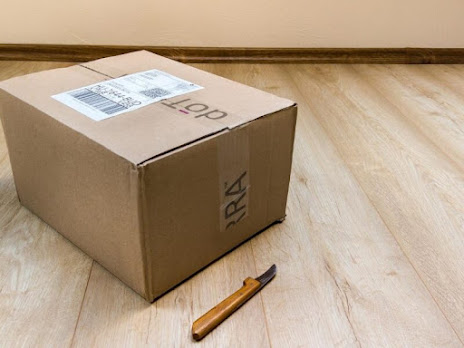Choosing the ideal shipping box isn’t just a suggestion, it’s a great idea in order to save money. Whether it’s a small business, or you’re shipping as a company, the right shipping boxes will be used to make your life easier. Here, we’ll give you some ideas of the boxes you should use, and their benefits.
Small boxes
Small boxes are good for shipping out electronics, books, and other tiny items.
There are benefits for using a smaller item.
They include:
They do save you money, because the dimensional weight tends to be much more affordable.
It’s more efficient, especially if you’re trying to avoid using too much cushioning for the package, saving you money. They also take up far less space
They’re versatile for cosmetics, books, accessories, clothing, and a whole lot more. They’re much more useful for companies that make small things.
They’re sustainable, since you’re using far less waste and consumption, also taking up far less space when transporting them.
Better customer experience, since they can be used without having to get items to open it. it boosts the unboxing experience, and also makes it very convenient for the receptionist
Medium boxes
These are kind of the middle child when it comes to shipping.
They’re good as well for flexibility and versatility, and usually offer good protection for items that won’t fit in a tiny box.
They are good as well for heavier items, since they provide more efficient types of packaging and safer delivery.
Electronics, clothing, even household items in small and medium sized boxes will fit. If you’re shipping out multiple items, this can also be good too.
Shoes and appliances also work well with medium sized boxes.
Large Boxes
Large boxes are good for oversized and bulk items.
The biggest advantage of this is that it can be good for larger items, without compromising the structure. They’re made usually of sturdy types of materials, properly reinforced to offer the most durability during the transit process.
There is enough room for you to add protective packaging and padding, preventing further damage to this.
This is really good for larger items, because it’s common for the items to break down, and usually is a more reliable option for transporting large or oversized items.
Extra Large Shipping Boxes
This is for the items that are too big for a big box. This is a good, practical solution as well for those oddly-shaped objects that won't fit into any other box.
This is good too for heavy items, since they’re made with bulk to them, and also will help with keeping the structure intact when you put something large in there.
They come with corners that are reinforced as well, which allows for you to add more weight to it, and it won’t get broken when you transport the item.
It also offers a chance to put some extra packaging and other void fill, protecting everything against any possible damage.
Flat Rate Shipping
This is a box that you pay a predetermined fee on, based on the size, regardless of the package weight, and what’s been shipped. This structure is good for shipments that are dense and heavy.
The USPS as well will have different types.
Choosing the right box is important based on your needs. Look at the items that you’re shipping, and from there, choose the items that will best fit. If you’re able to find the box that fits your needs, use it, and from there, try to keep the items in those for the best results.




